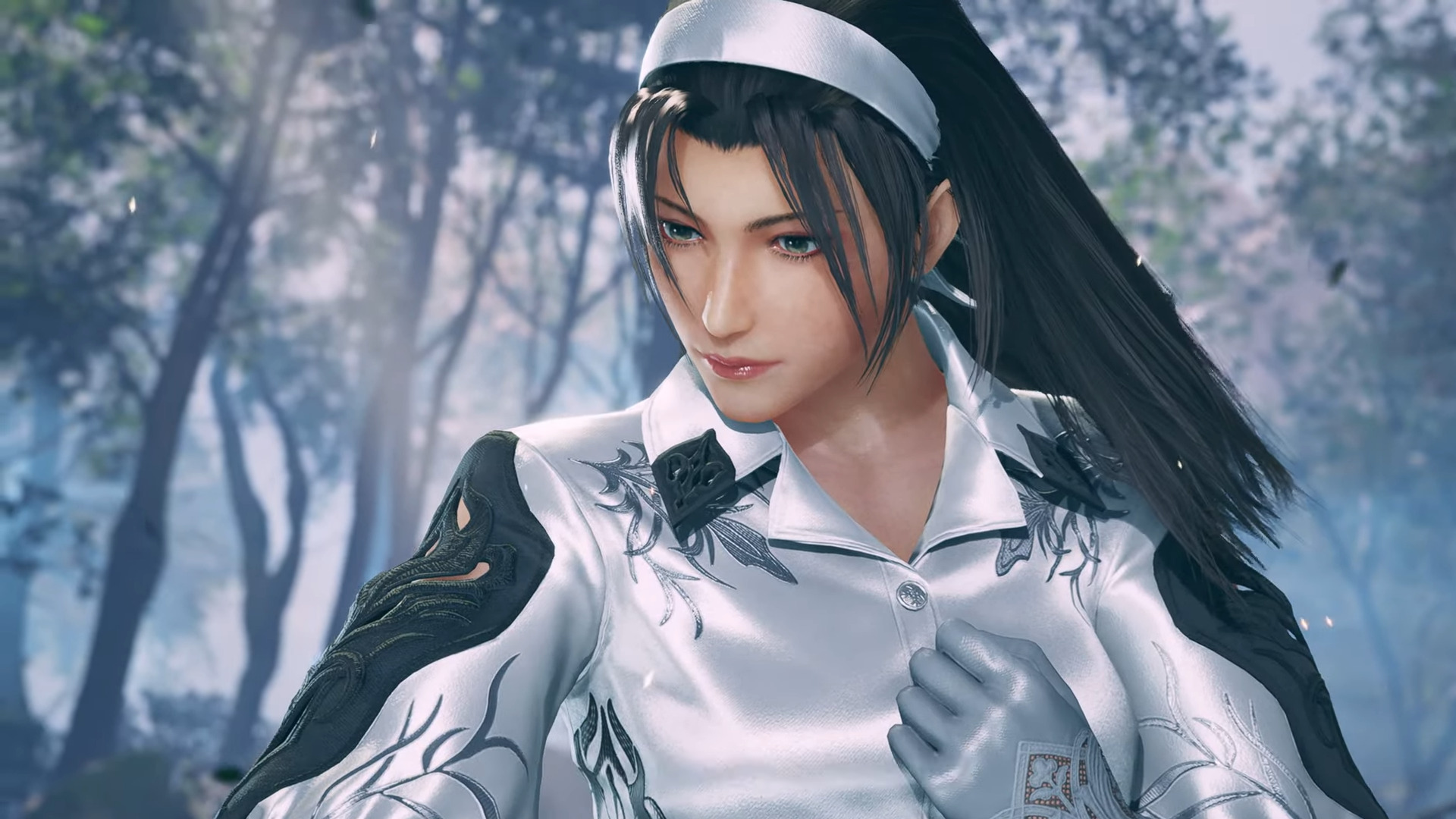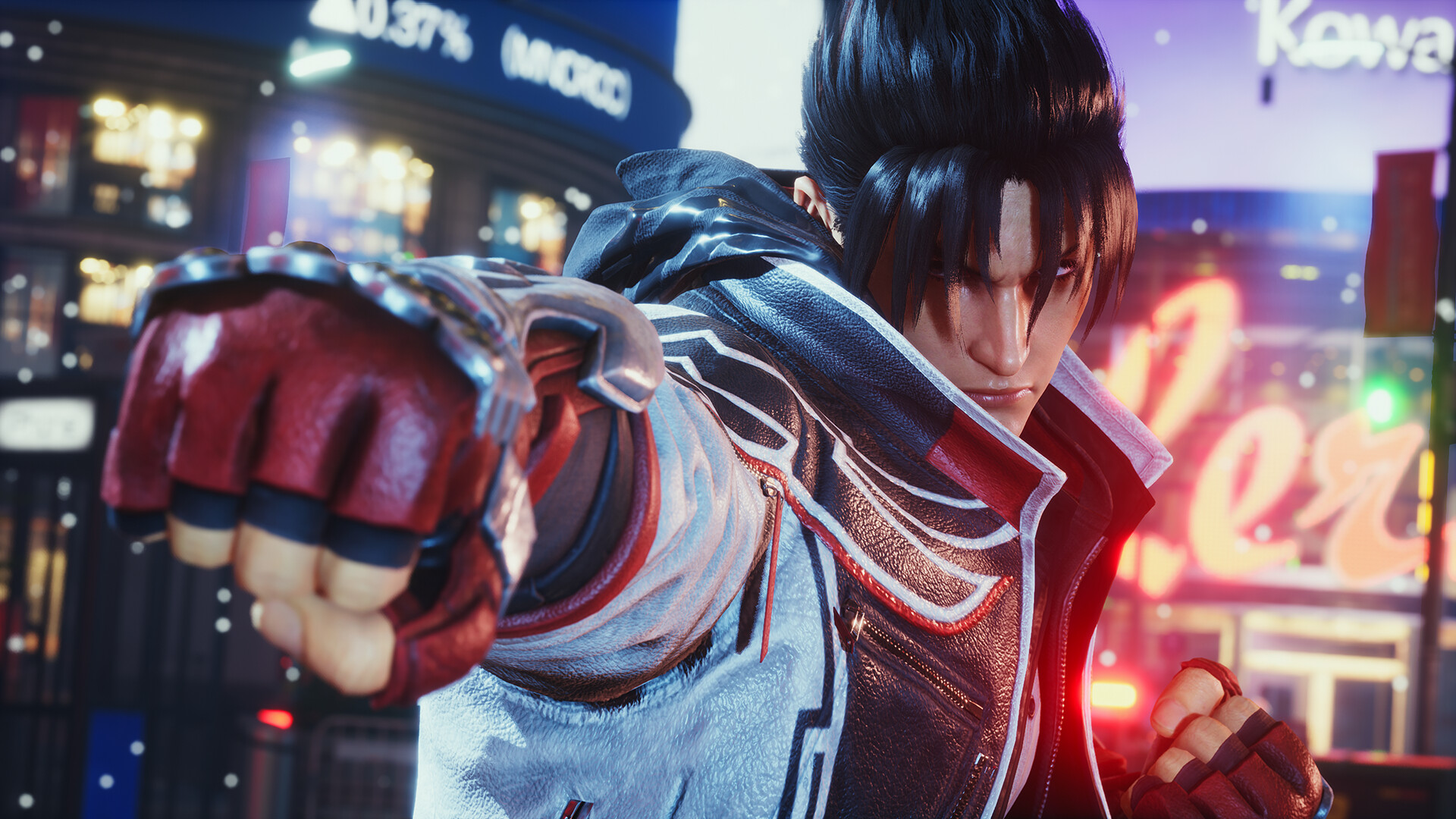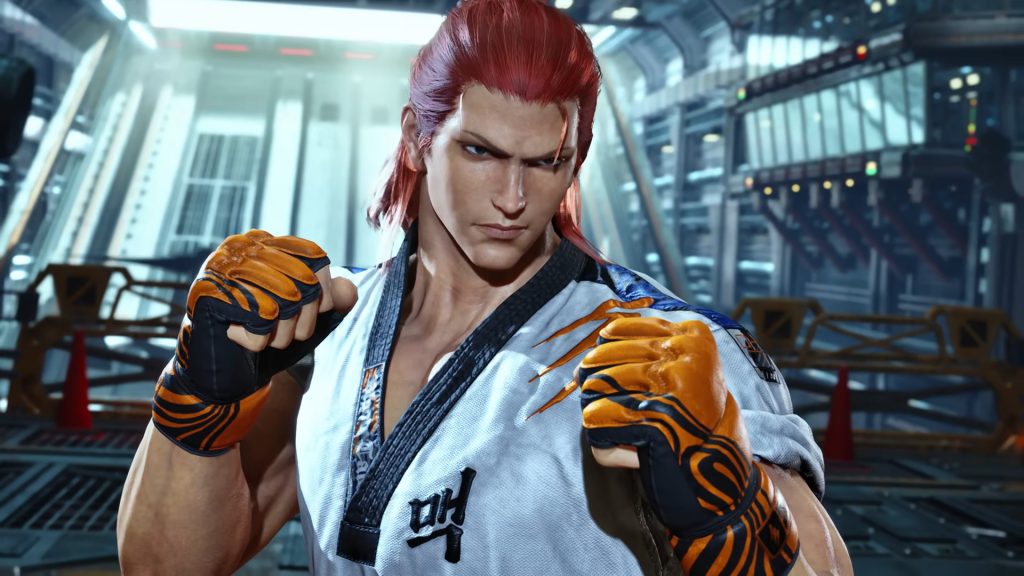I know April has only just begun, but it’s already easy to forget about some of the better games launched this year. Helldivers 2 remains relevant thanks to frequent updates – including the most recent, which added some terrifying Automaton Walkers and Gunships. Despite being in early access, Palworld’s breakout success makes it tough to forget anytime soon.
However, it becomes that much more apparent when observing triple-A releases. Dragon’s Dogma 2 launched on March 22nd and is already considered a Game of the Year contender, a little over a month since Final Fantasy 7 Rebirth was released for PS5 to the acclaim of many fans and critics. Then you have Like a Dragon: Infinite Wealth, the fastest-selling game in the series with a stellar amount of content. As more time passes and brand-new blockbusters release, you kind of look back in disbelief. “Wow, did Tekken 8 really launch this year?”
Bandai Namco’s flagship fighter didn’t have a low-key release either. After months of character reveals and weeks of marketing, it garnered rave reviews and quickly sold over two million units. The continuation of the Mishima family storyline, the return of unique endings for each fighter courtesy of Character Episodes, the incredible new Heat mechanics, and the excellent new additions to the roster – so much went right for Tekken 8 that it’s almost unbelievable.
Granted, the title suffered from issues like lack of punishment for pluggers – players who intentionally disconnected from matches, which the development team is working to address – but its online rollout was also going relatively well.
However, a quick peek at the Tekken 8 Steam listing shows a decline in user review approval. The overall rating is still “Very Positive” but at 85 percent. Meanwhile, of the recent reviews, only 75 percent are positive, resulting in a “Mostly Positive” rating, but still looking conspicuous. Did something happen to encourage players to vote thumbs down on what many consider the best Tekken game in a long time?
You guessed it – the microtransactions.
“Microtransactions in fighting games aren’t necessarily a new thing,” you would say, and you would be correct. Besides, if they’re cosmetic and don’t affect the gameplay, providing an advantage to the player in any meaningful way, what’s the problem? That’s just business as usual. Nevertheless, a wave of discontent has been growing over the years, especially as more high-profile fighting game developers push the envelope with monetization.
We saw this with Street Fighter 6 and the Outfit 3 bundle, consisting of 18 new costumes for the base roster estimated to cost $100. Mortal Kombat 1, with its exorbitantly priced skins and paid Fatalities, also attracted backlash. Remember when it threw previous seasonal skins into the Premium Shop, and console players circumvented this by simply changing the date? Good times.
By comparison, Tekken 8’s rollout of microtransactions didn’t seem as insidious. While they arrived after all the positive critical reviews, the development team did reveal them a good month before release. It also said the store wouldn’t be as predatory as “modern stores,” with outfits costing about $3.99 via the new Tekken Coins premium currency. With plans to bring back classic outfits, especially given how lackluster the customization already felt, there was growing concern in the community.
It also didn’t help that around the same time, Bandai Namco began taking down modding videos for character outfits, like Jun’s Tekken Tag 2 outfit. Oddly, this never really came up during the Tekken 7 days. Given the timing of the shop and microtransactions reveal – and how some outfits, specifically Jun’s Tekken Tag 2 attire, would be sold for real money – it was far from a coincidence.

Even more controversy ensued when the developer announced that there would also be a Battle Pass because of course there would be. The shop is finally live, and suffice it to say that players aren’t happy with its offerings.
The pricing will always be subjective for some, but regardless of how “cheap” some of these skins may be compared to the competition, that shouldn’t be reflected in the quality. Yet, the Cyber Suit Set included in Cyber Pack 2 is being lambasted for the admittedly awful quality. At least Yoshimitsu’s Tekken Tag 2 outfit looks good, even if there’s something off putting about paying for a skin that you could unlock years ago for free.
Of course, as with other “modern stores,” Bandai Namco doesn’t just let you pay the required amount for an outfit, either directly or directly. No, you need to spend either $5 or $10 for Tekken Coin Bundles, ensuring you’ll have some left, tempting you to maybe make another purchase down the line (but you may fall short again, rinse, repeat). It’s a predatory tactic that’s been used for decades and sadly continues here.
The free version of the battle pass is also facing criticism for its lackluster rewards that taper off as you go higher, not to mention the blatant reuse of some cosmetics like Tekken 7’s Steam Punk Bird Mask (which is now the Surgical Mask) and the Comic Effect (Japanese) effect. However, it’s not like the Premium version is much better.

Though you get Tekken Coins at specific tiers, some illustrations that could be unlocked in previous titles for free now require paying – and grinding through the pass – to unlock. It also features the laziest addition in The Ball. Usable in Tekken Ball, it’s just a plain white ball, with some calling it the default Unreal Engine 5 sphere (and they’re not too far off).
Would this all sting less for players if this wasn’t a $70 premium title? It’s hard to say. Following the initial reveal of the microtransactions, series producer Katsuhiro Harada noted that development costs are “ten times more expensive than in the 90s” with Tekken 8’s budget being “more than double or nearly triple the cost of Tekken 7.” Even maintaining servers for the Fight Lounge can be costly.
However, it’s saying something when the store works perfectly fine while the latest patch breaks several key aspects of the gameplay. Stage hazards don’t work, and Rage Arts appear bugged in a way that allows for escaping them. This has led to some admittedly hilarious clips of characters activating Rage Arts, entering their cinematic poses, only for opponents to shuffle around in the background, avoiding any harm. While the development team will no doubt fix these issues, it doesn’t exactly instill much trust in players.
Nor should it – if all the microtransaction revenue in the world solely went towards improving games, we wouldn’t have the same awful Madden games, year in and year out. I digress, though.

All of this is a shame because Tekken 8, at its core, is a great game. It’s a fighter deserving of celebration – one encompassing the essence of Tekken in a contemporary package accessible to all kinds of players. There are many features, from My Replay and Tips to the new Super Ghost Battle, which are great additions to the franchise. Yet, it’s all impacted by these decisions that do nothing but undermine player trust and the experience as a whole.
The economics behind such big titles are always complicated. As history has proven, such monetization is motivated more by chasing revenue targets set by higher-ups rather than improving the core experience. I would hope Tekken 8 doesn’t fall into the same traps as its contemporaries, but at the rate it’s going, it might be too late.
Note: The views expressed in this article are those of the author and do not necessarily represent the views of, and should not be attributed to, GamingBolt as an organization.














